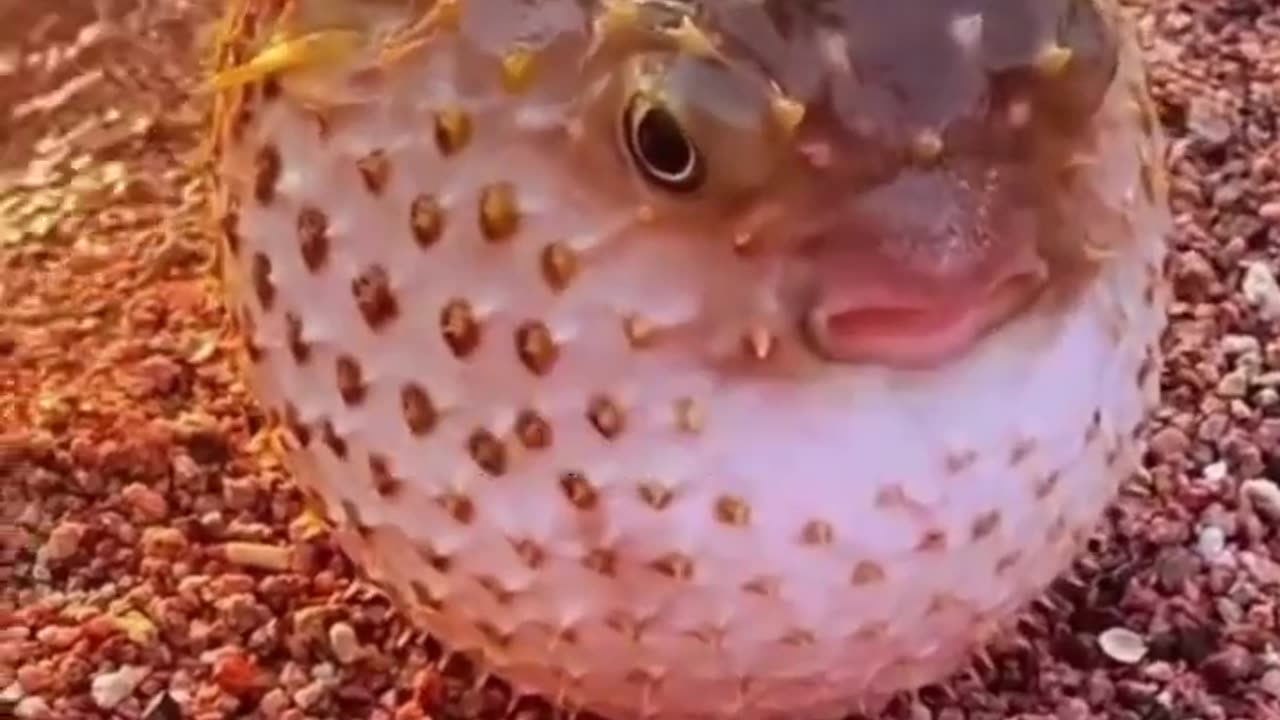Premium Only Content

Funny Animal Videos 2023 - Comedy Voiceover! #1😹
Funny Animal Videos 2023 - Comedy Voiceover! #1😹
Scientifically Defining a Fish
Scientists do not always agree on what a fish is. In fact, some early scientists thought that whales and dolphins were fish. Even now, not all scientists agree on whether the hagfish should be classified as a fish.
This type of disagreement is sometimes confusing, but it is not bad. Science is about new ideas and trying to answer questions. Often these questions are difficult, and often it is hard to accurately describe relationships between organisms. During the scientific process, definitions often need to be modified, and organisms are often reclassified when new information is found.
Table 4.2. Terms and definitions of words used to describe fish
Term
Definition
Poikilothermic
An animal whose temperature adjusts with the outside temperature. These kind of animals have historically been called cold-blooded, but that is not completely accurate. If it is cold outside, their body temperature will be cold. If it is warm, their body temperature will be warmer.
Most fish are poikilothermic, but some fish, like tunas and lamind sharks, use special blood vessel networks to keep their body temperature warmer than the surrounding water. This helps them to be better hunters.
Aquatic
Living in the water, either seawater or freshwater. Some fishes like lungfish or mudskippers may be able to spend some time out of the water, but they cannot remain permanently out of the water, and they are confined to wet areas.
Chordate
Animals with notochords. A notochord is a stiff rod of cartilage that supports the nerve cord. Chordates have some other features in common, like gill slits, and a dorsal nerve cord. Mammals, birds, reptiles, amphibians, and fish are all chordates, a few invertebrates are chordates too.
Gills
Organs for gas exchange. Most fishes breathe with gills.
However, some fishes have lungs, some can exchange gas through their skins, and some are able to gulp air and exchange gas through their stomachs.
Scales
Thin plates that cover the thin skin of fish. Modifications of scales include hard bony plates or spines. Scales can also be very small or absent in some fishes, like blennies or eels.
Fins
If fish have appendages, they are thin, flat moveable fan-like parts. However, some fishes, like eels, do not have any appendages.
Fishes are amazingly diverse and variable. Therefore, scientists have to use careful wording when defining a fish. There are two generally accepted scientific definitions of a fish:
Fishes are “aquatic vertebrate(s) with gills and with limbs in the shape of fins.” (Written by Peter Nelson in 1994.)
Fishes are “poikilothermic, aquatic chordate(s) with appendages (when present) developed as fins, whose chief respiratory organs are gills and whose body is usually covered with scales.” (Written by Tim Berra in 1981.)
Notice that neither of these definitions mention skeletal features. Both definitions include fishes with skeletons made of bone (like tuna) and fishes with skeletons made of cartilage (like sharks).
-
 20:18
20:18
Stephen Gardner
15 hours ago🔥Trump's SECRET Epstein Briefing EXPLAINED! Alex Jones & Roger Stone EXPOSE IT ALL!!
13K56 -
 16:24
16:24
Forrest Galante
10 hours ago6 Deadliest Man Eaters to Ever Exist
49.4K16 -
 2:22:46
2:22:46
The Connect: With Johnny Mitchell
17 hours ago $8.95 earnedOne Man's Mission To Stop Human Trafficking: How A Billionaire Mercenary Saved Hundreds Of Children
33.8K27 -
 8:21:32
8:21:32
TheGodfatherGus
8 hours ago🔴MINECRAFT - The World's First Oricon Build! | #rumbletakeover
1.93K1 -
 LIVE
LIVE
KingB33Gaming
1 hour agoVengeance | Yakuza 0 Director's Cut (Chap 15)
167 watching -
 12:14
12:14
Nikko Ortiz
1 day agoMilitary Fails Of The Week
13.2K12 -
 1:16:31
1:16:31
Omar Elattar
9 months agoThe Untold Story: How Vans Became a $3 Billion Dollar Shoe Empire In 75 mins
19.9K9 -
 LIVE
LIVE
LethalPnda
2 hours agoLocked & Loaded! 🔥 Fate Trigger Beta #RazerCreator #SpacePanda @Mystivis
100 watching -
 LIVE
LIVE
BigDaddySlick78's Live Gaming Channel
3 hours ago💰I Pay You To Play Call of Duty Warzone Rebirth Island LIVE #callofduty #warzone #cod #gaming
48 watching -
 1:59:43
1:59:43
Side Scrollers Podcast
2 days agoRIP Hulk Hogan + Payment Processor CENSORSHIP Has Officially Begun + More | Side Scrollers
174K13